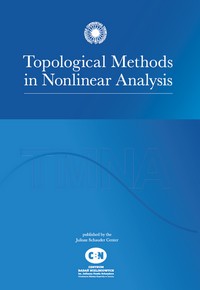The relative cup-length in local Morse cohomology

Published in "Topologial Methods in Nonlinear Analysis"
Thomas Rot, Maciej Starostka, Nils Waterstraat
The relative cup-length in local Morse cohomology | Topological Methods in Nonlinear Analysis

Local Morse cohomology associates cohomology groups to isolating neighbourhoods of gradient flows of Morse functions on (generally non-compact) Riemannian manifolds \(M\). We show that local Morse cohomology is a module over the cohomology of the isolating neighbourhood, which allows us to define a cup-length relative to the cohomology of the isolating neighbourhood that gives a lower bound on the number of critical points of functions on \(M\) that are not necessarily Morse. Finally, we illustrate by an example that this lower bound can indeed be stronger than the lower bound given by the absolute cup-length.
Preprint link
The relative cup-length in local Morse cohomology
Local Morse cohomology associates cohomology groups to isolating neighborhoods of gradient flows of Morse functions on (generally non-compact) Riemannian manifolds $M$. We show that local Morse cohomology is a module over the cohomology of the isolating neighborhood, which allows us to define a cup-length relative to the cohomology of the isolating neighborhood that gives a lower bound on the number of critical points of functions on $M$ that are not necessarily Morse. Finally, we illustrate by an example that this lower bound can indeed be stronger than the lower bound given by the absolute cup-length.


